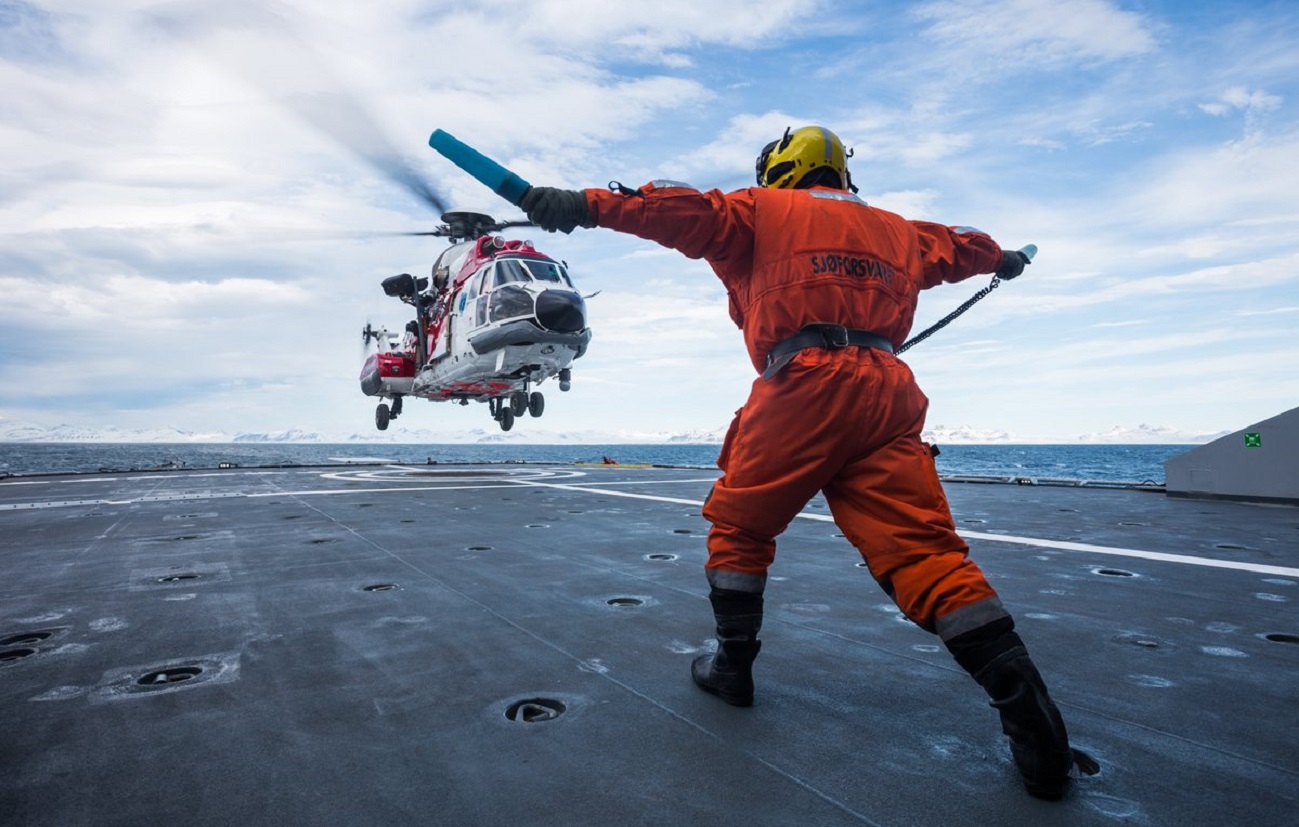The rescue service in Norway is defined as "the publicly organized activities conducted in connection with emergency efforts to save people from death and injury as a result of acute accident or dangerous situations, and that are not handled by specifically established bodies or by special measures".
The rescue service is international in nature and is supported by conventions and plans, prepared by the UN agencies IMO and ICAO, which are ratified by Norway. These provide the main framework for the airborne and maritime rescue services.
The Joint Rescue Coordination Centre (HRS) has the overall operational responsibility to coordinate rescue operations in Norway. HRS directly coordinates all air and sea incidents. Both Rescue Coordination Centres are co-located with Telenor Maritime Radio, which operates the maritime coastal radio. This allows for a fast response in the event of distress calls on maritime emergency frequencies.
HRS has a number of resources that can be used when assisting a ship in an emergency. First and foremost, these are resources that are present at sea such as the coast guard, life-saving service, rescue helicopters and other vessels. In the case of accidents at sea, the first priority as in all other rescue work is to save lives. Secondly, it is to safeguard the natural environment and any material assets such as ships and cargo. However, this is managed and coordinated by others than HRS.
